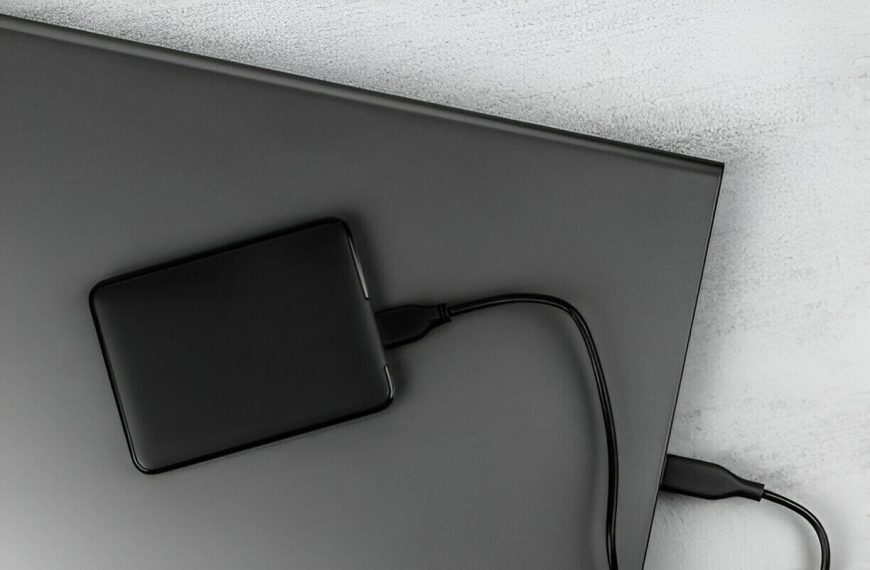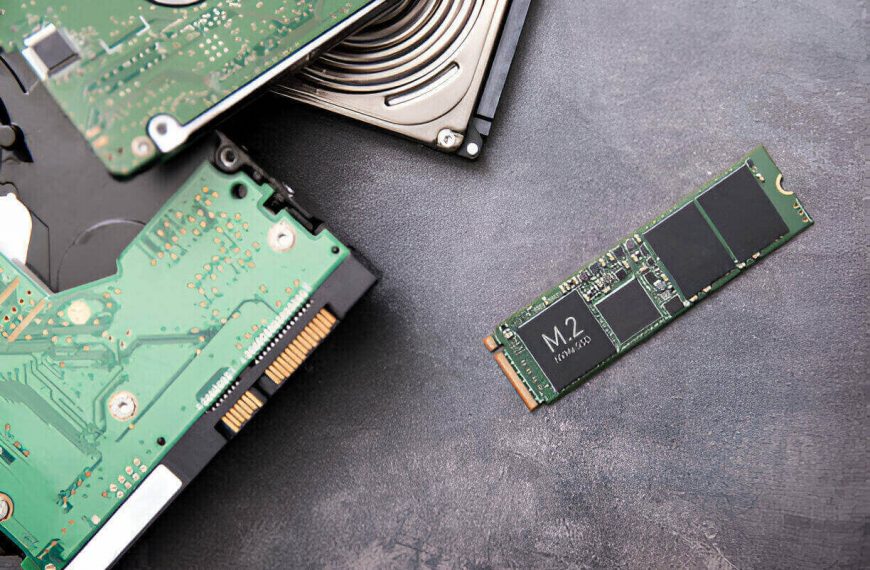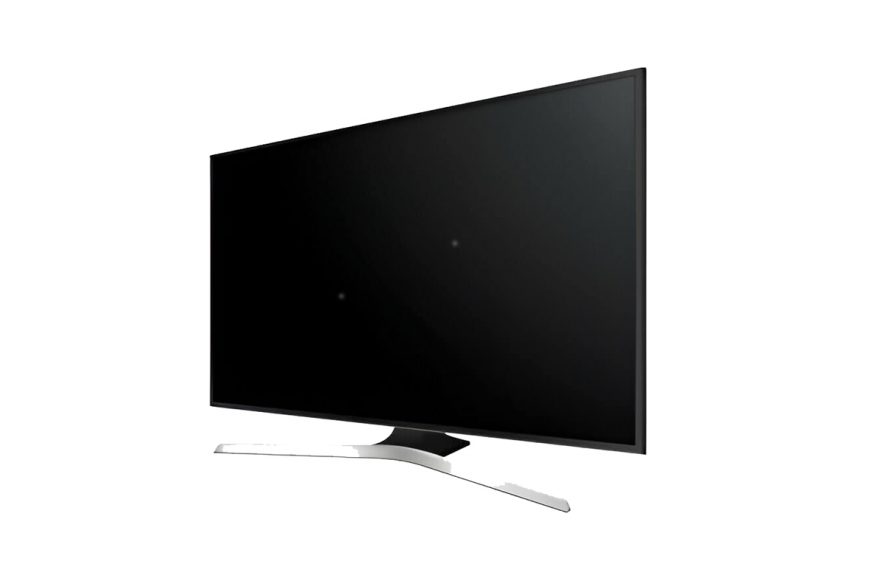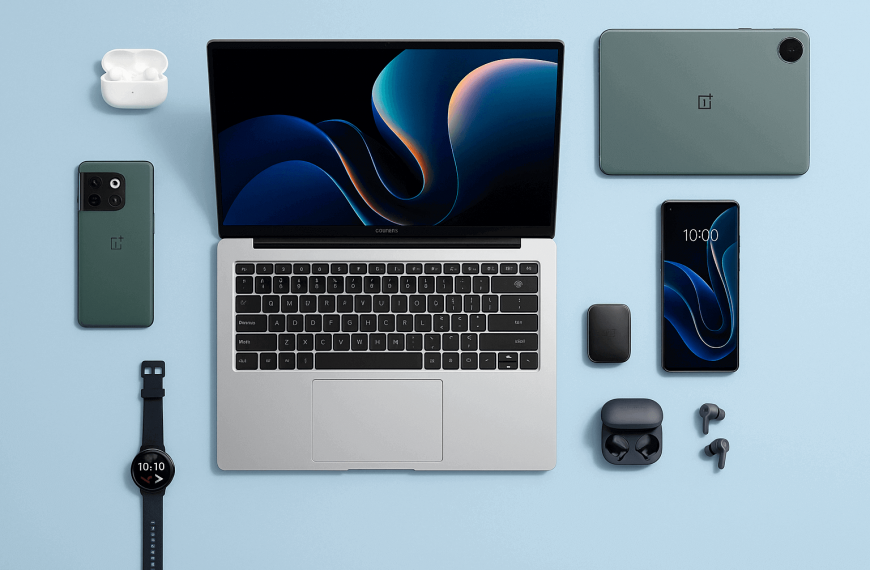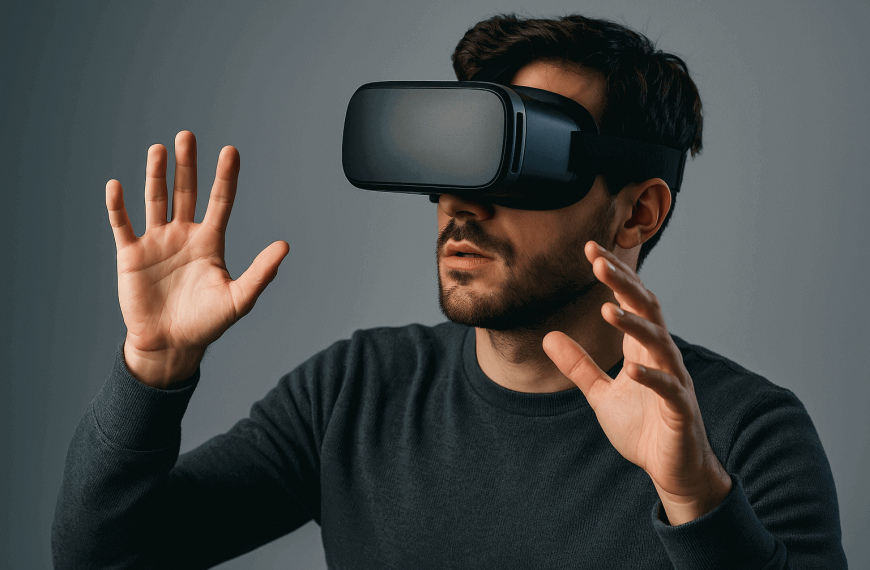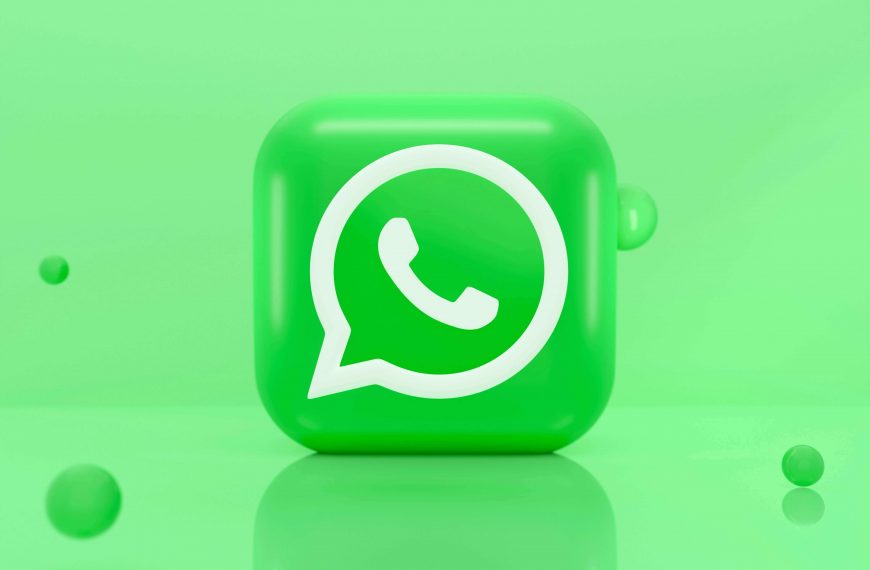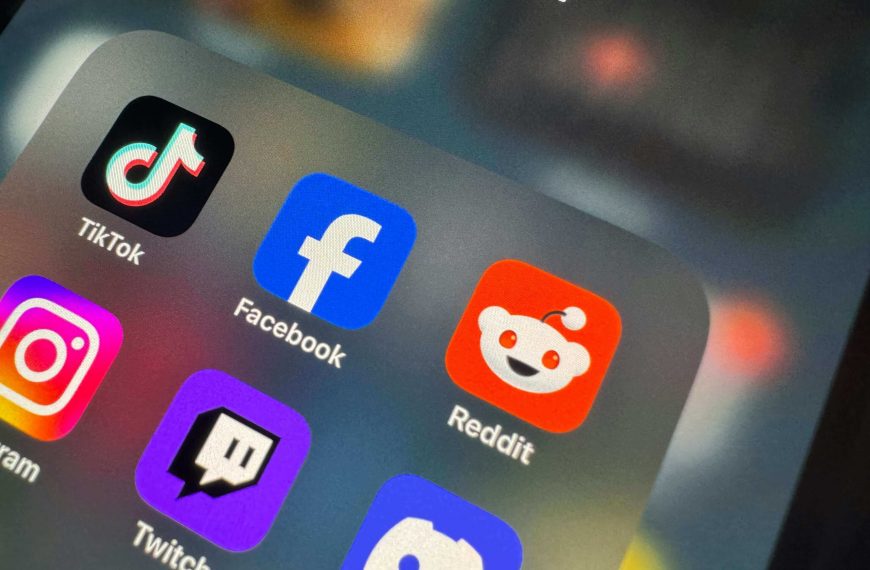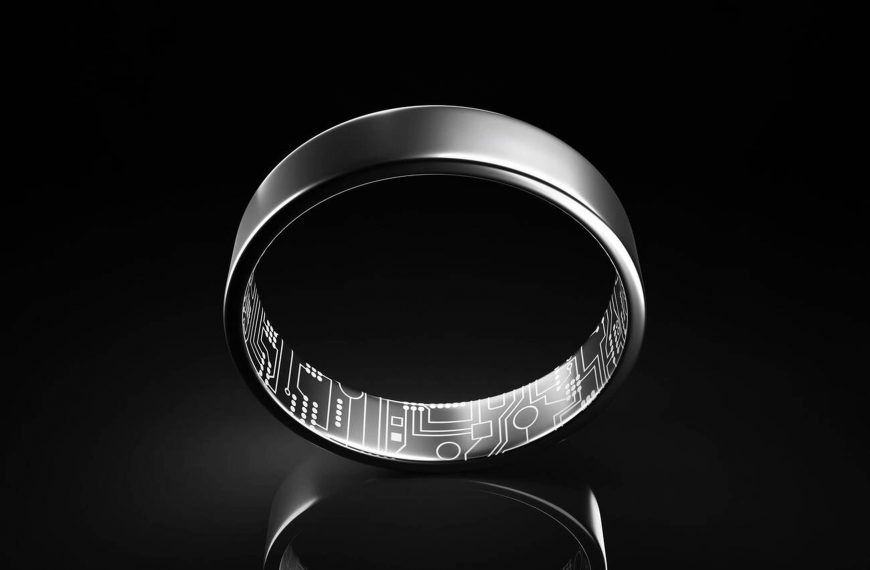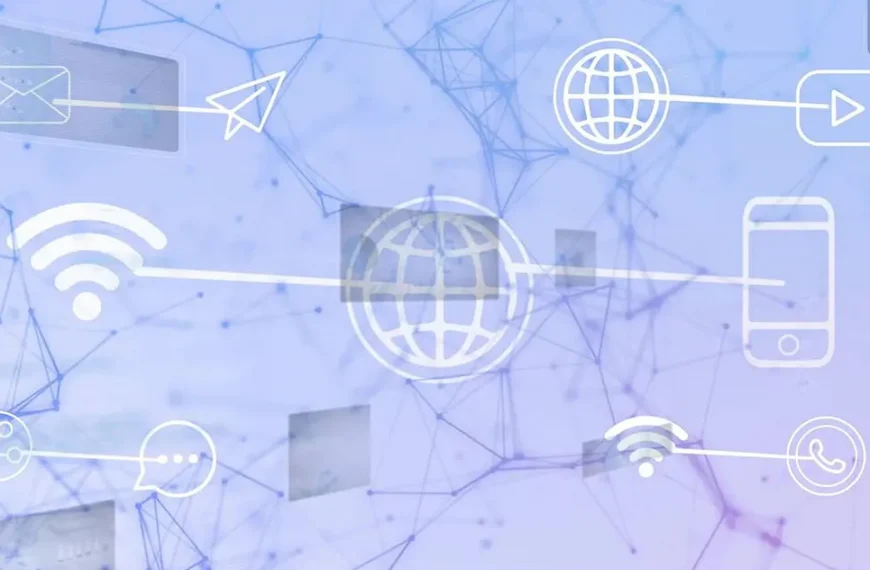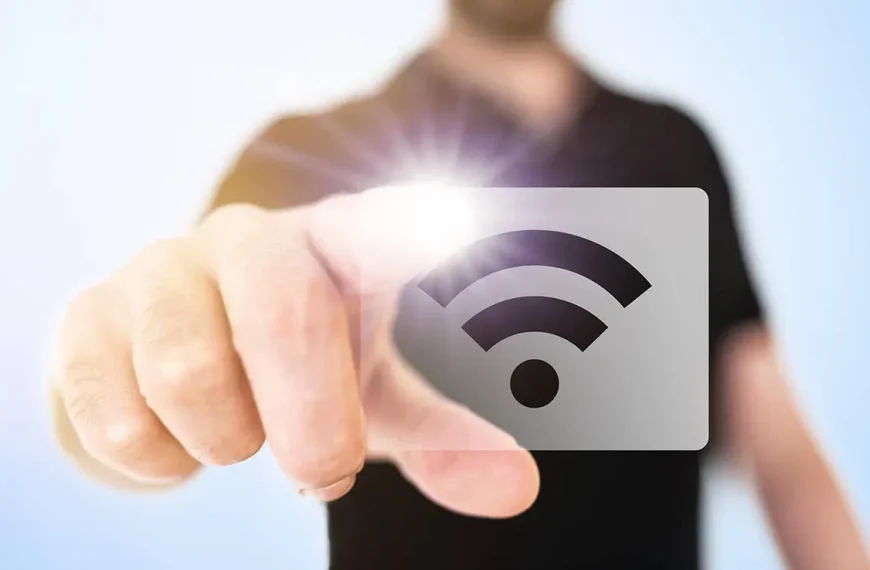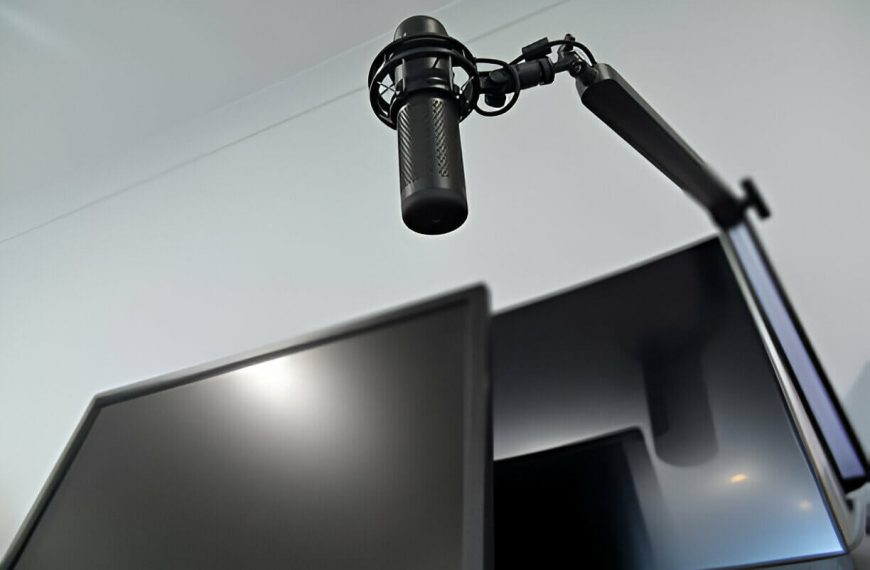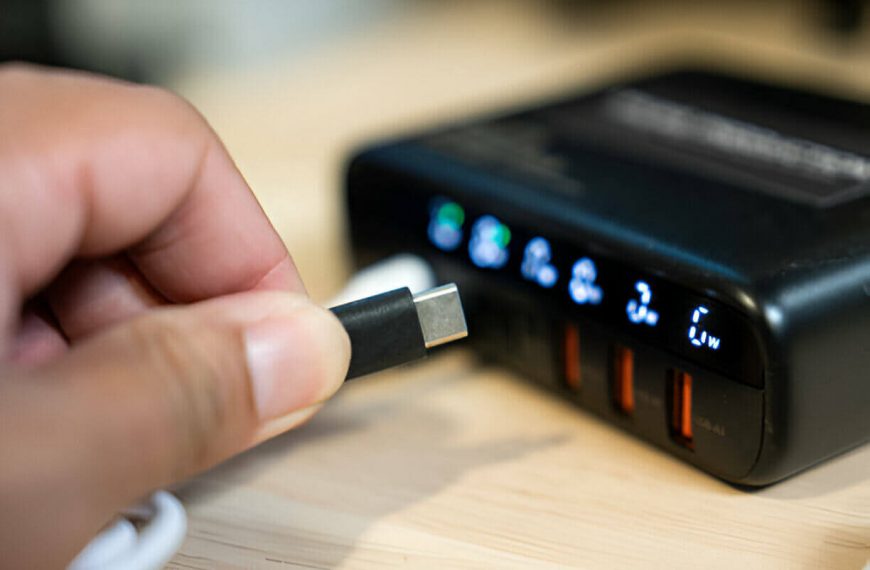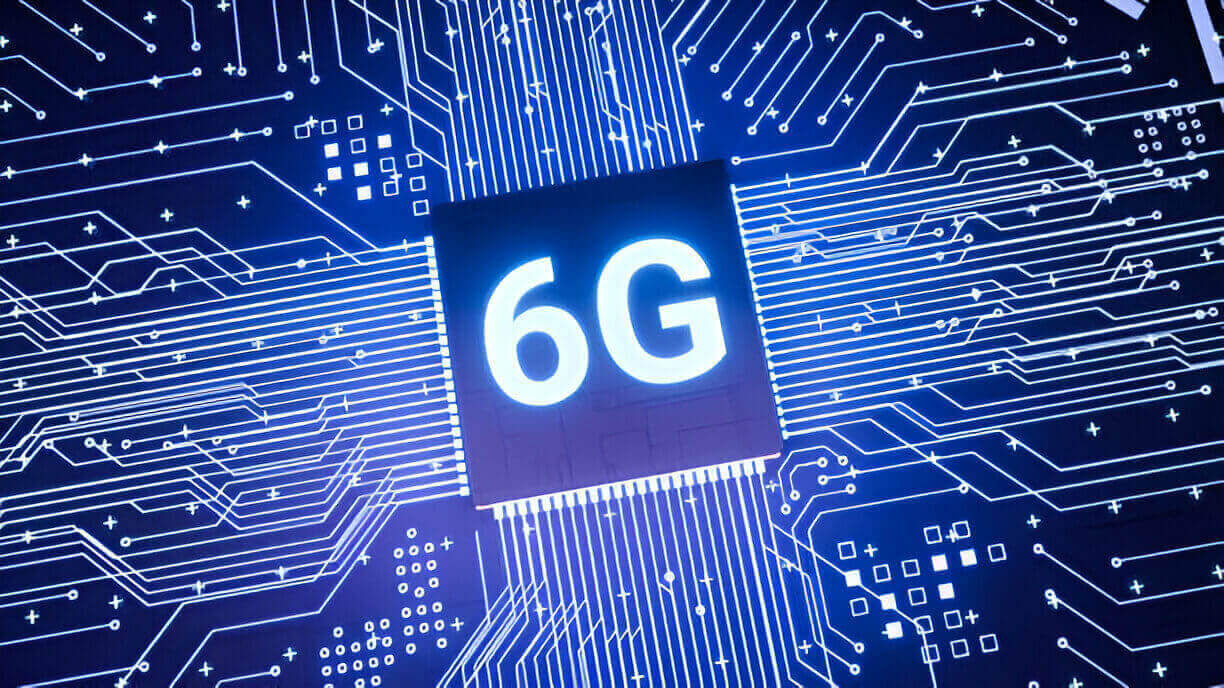
I still remember the first time I saw that 5G logo pop up on my phone screen. It felt like I’d unlocked a cheat code for my streaming habits. But after the novelty faded, the real question hit: “Is this it? Or is there something even faster around the corner?”
Spoiler: There is. It’s called 6G. And no, it’s not just another marketing label slapped onto a SIM card upgrade.
Let’s unpack what we know so far about 6G—from research timelines to buzzword-busting explanations. We’ll also get real about what’s still missing from the picture.
So, What Is 6G Really?
Think of 6G as the next quantum leap after 5G. While 5G focused on speed and low latency, 6G is shooting for the moon.
Here’s a quick glance at how we got here:
| Generation | What It Brought |
|---|---|
| 1G | Analog voice |
| 2G | Text messaging |
| 3G | Mobile internet |
| 4G | Video streaming |
| 5G | Low latency, IoT |
| 6G | ??? (That’s what we’re figuring out) |
Expect 6G to work in the terahertz spectrum. That’s way higher than what your current phone deals with. It promises data speeds of up to 1 Tbps. For reference, that’s about 100 times faster than 5G on a good day.
But speed isn’t the only show here. 6G is expected to support real-time holographic calls, fully automated industries, and even remote surgeries with robotic precision. Think Iron Man tech, minus the glowing suit.
Who’s Building This Thing?
This isn’t one country’s science project. Several tech powerhouses are already deep in the race. Here are the ones making the most noise:
- South Korea: Samsung and LG are throwing serious weight into R&D. Korea wants commercial 6G by 2028. Bold, but they were first with 5G too.
- China: Launched the world’s first 6G test satellite in 2020. Enough said.
- United States: The Next G Alliance, backed by big players like Qualcomm and AT&T, is coordinating national efforts.
- Europe: Programs like Hexa-X and Hexa-X II are pushing collaboration between companies like Nokia and Ericsson.
The global arms race isn’t just about being first. It’s about setting the standards everyone else follows. Whoever gets there first doesn’t just win bragging rights—they help define the rules.
So… Can I Buy a 6G Phone Yet?
Nope. Not even close.
Here’s where we are right now:
| Phase | Timeframe | Status |
| Research & Theory | 2020-2026 | Ongoing |
| Prototypes & Testing | 2026-2028 | In development |
| Early Deployments | 2028-2030 | Likely in select cities |
| Widespread Adoption | 2030+ | Fingers crossed |
Most of what’s happening now is in labs and white papers. The tech to support terahertz frequencies doesn’t even exist in consumer hardware yet. And transmitting those signals? Still kind of a nightmare. They don’t travel far and get blocked easily.
That said, some early trials are showing promising speeds. One test in Japan hit 100 Gbps in controlled settings. Real life? That’s a different beast.
Challenges That Aren’t Buzzwords
Let’s pull back the curtain. Here are the things slowing 6G down:
- Signal decay: Terahertz waves drop off fast. Like, walk-behind-a-tree-and-it’s-gone fast.
- Heat and energy issues: These frequencies generate heat. Lots of it. Cooling becomes a design problem.
- Infrastructure overhaul: 5G towers won’t cut it. New hardware and dense network grids are a must.
- Cost: This won’t be cheap. Nations will have to justify the investment against more pressing needs.
It’s not all doom and gloom though. Researchers are exploring new materials and antenna systems to tackle these. Think of them as tech duct tape until we figure out better solutions.
Why Bother Then?
Because 6G isn’t just about Netflix loading faster.
Picture these:
- Holographic meetings without VR headsets.
- Cars that talk to each other in real time and adjust routes to avoid collisions.
- Farming drones that scan and treat crops individually.
- Medical robots performing surgery from 1,000 miles away.
Yeah, it sounds like sci-fi. But so did FaceTime in the 90s.
What We Still Don’t Know (And Why That’s Okay)
We’re still guessing on a few big things:
- Final tech standards: 3GPP (the body that sets mobile standards) hasn’t published 6G protocols yet.
- Battery life: If you think 5G drained your phone, wait until 6G hits.
- Device compatibility: Your current phone won’t support it. Not even close.
- Global rollouts: Urban areas will see it first. Rural zones? Might take years.
Basically, we’re building the car while laying the highway.
Should You Care Today?
Yes and no.
If you’re a consumer, there’s nothing to upgrade yet. Buying a 6G-ready phone today would be like getting a flying license before anyone builds planes.
But if you’re in tech, policy, or business, it pays to stay ahead. Sectors like AI, robotics, and smart manufacturing will all be affected by what 6G can offer.
Watch This Space
Keep an eye out for these milestones:
| Event | Expected Year | Why It Matters |
| 3GPP 6G Standard Draft | 2025 | Defines baseline for global tech |
| First Field Tests | 2026 | Proof of concept in real settings |
| Commercial Launches | 2028-2029 | Actual devices hit the market |
| Global Integration | 2030-2032 | Most cities have access |
One Last Thing…
6G won’t solve every problem. It won’t fix your Wi-Fi when the router dies during a Zoom call. And it won’t bring back headphone jacks. But it will unlock tech that reshapes industries.
So yeah, it’s coming. Slowly, clumsily, and probably with a few wrong turns. But when it lands, it won’t just be a faster G. It’ll be the start of something much bigger.
Your move, science.

